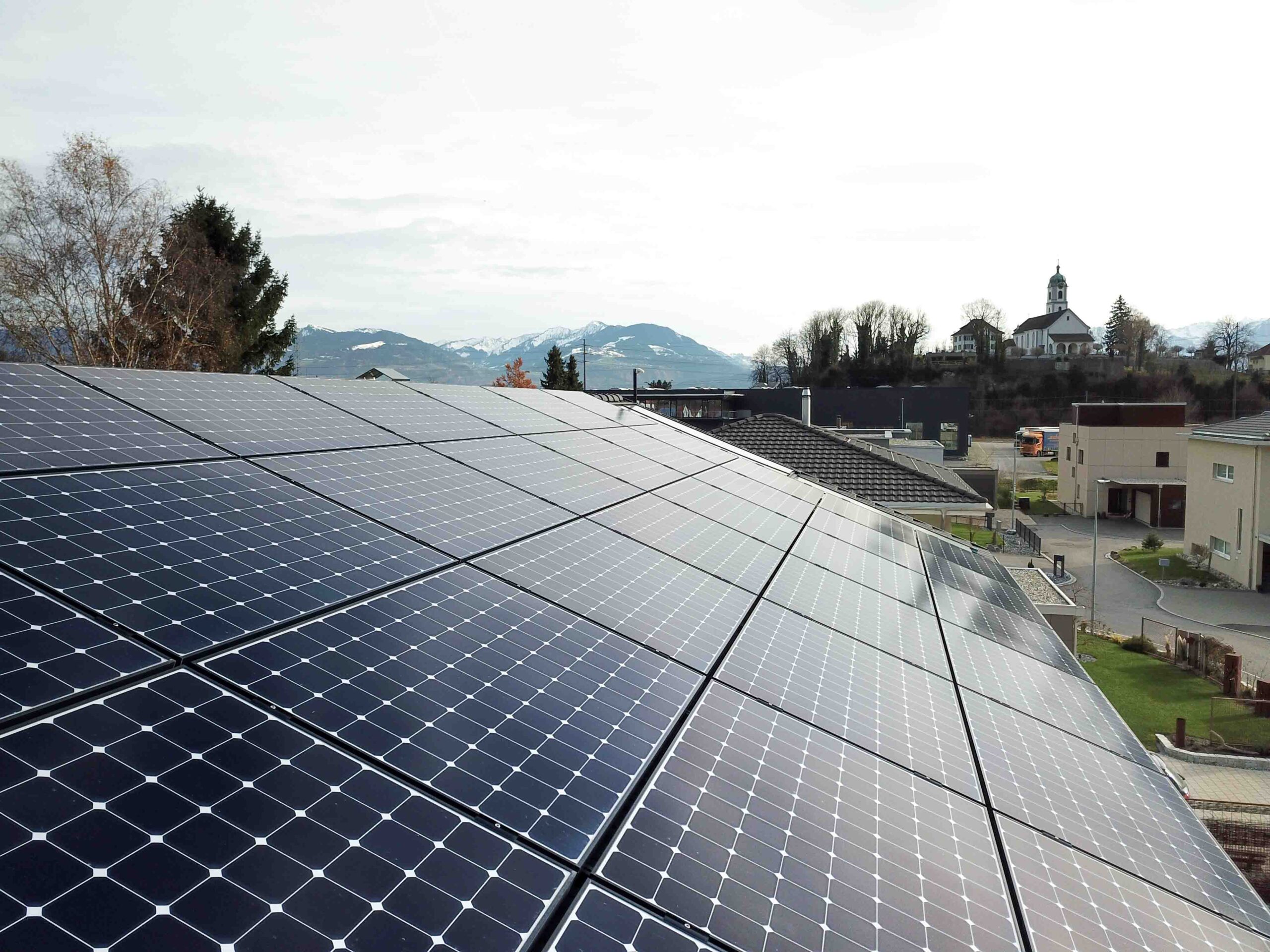The mons solar revolution is bringing an evolution towards new-generation solar panels which go beyond the silicon-based era of old. Perovskite solar cells as an instance, are emerging as a viable alternative. The cells, which are made from cheaper materials. Offer unbeatable performance and flexibility which makes them appropriate for a variety of uses.
Additionally there are tandem solar cells with several layers of various substances. Increase power sequestration through the help in enabling a wider range of light that can be transformed into electrical energy. With the advancement of research and the understanding of technology in substances increase the next generation of solar panels. Are able to dramatically boost the efficiency overall and cost of solar power.
Overcoming intermittency challenges
One of the most enduring requirements for solar energy is it’s intermittent nature. Meaning that the sun will cease to shine for a long time. Solar revolution has been tackling this issue with a number of improvements of energy garage technologies. The latest battery technology, along with glide and lithium-ion batteries are now essential components for solar power installations.
In addition, emerging technologies such as solar thermal storage, which collects the heat generated by sunlight, is attracting attention. This technology allows to allow for more extended power production. The allow solar energy to be used even in days with low light.
Bifacial Solar Panels:
Bifacial mons solar panels have a unique system that captures light not just from the front, but in the rear. It makes possible the use of a contemplated light source from flooring or systems that are close-via. This new method improves the power efficiency of all solar power installations. Bifacial solar panels can be particularly effective in areas that have high levels of albedo. In these areas, sunlight highlights surfaces like the snow, sand or water.
The efficiency and performance of bifacial panel systems continue to improve, they could become more frequently included in sun-related initiatives, increasing the strength of sun installations and making systems more adaptable to diverse situations. Solar-powered Smart Grids enable a decentralized Energy System
The mons solar revolution is extending beyond the technological advances in generation and garages to include technological advancements regarding grid management. Smart grids, crafted using high-end sensors, advanced generators of exchanges verbal, and artificial intelligence are changing the way we consume and distribute solar energy.
The smart grids allow the monitoring of loads in real time, load balancing as well as optimization of power distribution. Structures that are decentralized, in which individual homes or organizations can produce and store their solar power, are becoming easier to implement with the aid of intelligent grids. This is a shift from the traditional central energy system, which offers increased performance, resilience, and sustainable.
solar-powered water desalination Powered by Solar Power:
Modern solar energy desalination technology utilize advances in the design, materials and efficiency, which makes the process more efficient and accessible for regions that are facing water issues. Since solar-powered desalination has become more commonplace, it illustrates the ways that solar energy improvements are able to handle a variety of international missions at once.
Although the contribution directly to the variety of vehicles may be small, it could substantially reduce the dependence of traditional methods for charging.
Solar-powered EVs boost solar charging stations, which canopy structures with solar panels can deliver safe energy that is sustainable for electric-powered automobiles. The automotive industry is embracing the power of renewable energy solar power, solar-powered EVs illustrate how improvements in solar power have a direct impact on not only the most reliable power generation, as well as mobile-based devices.
Solar-Powered Agriculture:
In the relationship between farming and solar power. Agrivoltaics has emerged as an all-encompassing solution that integrates meal production with renewable power generation. Agrivoltaics structures are co-funded by agricultural and solar power that take into consideration. The dual nature of land and optimizing the utilization of resources. They impart color to the vegetation, increase water-use efficiency, and aid in the sustainable management of land.
The research and pilot projects that are focusing on agri voltaics will explore different panel heights space, spacing. As well as plants to improve yields from agriculture as well as power technologies. In combining agriculture and solar the innovative method shows the possibilities of solar-powered solutions that can contribute to sustainable goals.
Conclusion:
The mons solar revolution has brought an entirely new set of possibilities that is expanding. The boundaries of the power solar could acquire. From solar panels from the next era and modern-day garages to advancements on grid management. Desalination of water electric-powered motors and farming solar power is expanding its application and altering the landscape of renewable energy.
With research and advancements that keep the world in need for simple and long-lasting energy. The future of solar energy appears to be bright. This ongoing revolution in solar energy isn’t just a technical improvement. It’s miles evidence of humanity’s dedication towards achieving the way to an extra robust and durable future. Where solar energy plays a important role in building the strength of our hopes.
